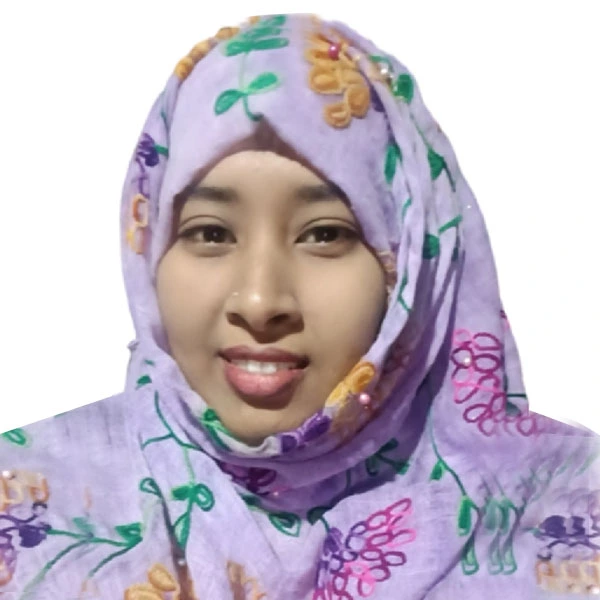When we think about national progress, the first thing that comes to mind is often money. Many believe that a country needs a huge budget to achieve real growth. But history proves otherwise. With the right focus and smart planning, even limited resources can transform an economy.
Countries like Bangladesh, Vietnam, and Rwanda started their development journeys with very modest budgets, yet today they are cited as success stories. The secret lies in setting clear priorities and making every dollar count.
So, how exactly can a country grow when resources are tight? Let’s break it down.
✨ Smart Strategies That Work
1. Build People, Not Just Projects
Education, healthcare, and skills are the real foundations of progress. When citizens are educated and healthy, they can contribute far more to the economy.
Look at Vietnam: By investing in basic education and literacy, they created a strong workforce that attracted global manufacturing.
Lesson: Even small, steady investments in schools, clinics, and vocational training can multiply returns for decades.
2. Modernize Agriculture
In most developing nations, farming is still the largest employer. If farmers have better seeds, access to irrigation, and markets for their products, they not only feed the nation but also reduce poverty.
Example: Ethiopia saw major improvements in crop yields simply by introducing improved seeds and cooperative farming.
Lesson: Smarter farming means stronger food security and better incomes.
3. Empower Small Businesses
Small and medium enterprises (SMEs) are the unsung heroes of development. They create jobs quickly and with less capital than large corporations.
Example: Bangladesh’s small garment factories grew into a global export powerhouse, lifting millions out of poverty.
Lesson: Support entrepreneurs with microcredit, training, and less red tape.
4. Go Digital, Go Global
The digital economy is a game-changer. A laptop and internet connection can connect workers to the global market.
Example: The Philippines built a thriving outsourcing industry by training its youth in digital skills.
Lesson: Digital jobs, IT services, and e-commerce open new doors for foreign exchange and employment.
5. Good Governance = Double Impact
A limited budget can stretch much further when corruption is minimized. Transparent systems ensure that money reaches the right places.
Example: Rwanda embraced e-governance, reducing corruption and making public spending more effective.
Lesson: Governance isn’t just about politics—it’s about economic efficiency.
📌 A Practical Timeline
Development doesn’t happen overnight. It needs a step-by-step plan.
Short-term (0–2 years):
Support farmers with better tools and training
Provide microcredit for small entrepreneurs
Launch digital skills programs for youth
Mid-term (2–4 years):
Build SME clusters and industrial hubs
Update education systems to match global job markets
Long-term (4–10 years):
Expand higher education and research institutions
Strengthen export-led industries like garments, IT, and agro-processing
Invest in major infrastructure such as energy, transport, and ports
This phased approach balances urgent needs with long-term vision.
👉 The Core Principle: Maximum Impact at Minimum Cost
When resources are limited, every investment should be judged by one simple question:
“How many jobs and how much productivity will this create?”
For example, investing in teachers today might transform generations, while spending the same amount on a single luxury project could benefit only a few. Smart nations focus on investments that multiply benefits across society.
🔑 Final Thought
A limited budget is not a roadblock—it’s a chance to think smarter, prioritize better, and grow sustainably.
Countries that focus on their people, agriculture, SMEs, digital opportunities, and transparent governance have shown that development doesn’t require billions overnight. What matters most is strategy and discipline.
As the saying goes:
“Do more with less—and do it wisely.”
💬 What Do You Think?
If you were in charge of planning for a developing country, where would you spend the very first dollar—education, farming, or digital skills?

